Brought to you by:
• WorkOS—Modern identity platform for B2B SaaS, free up to 1 million MAUs
• Attio—The powerful, flexible CRM for fast-growing startups
• Vanta—Automate compliance. Simplify security.
—
Cameron Adams is the co-founder and chief product officer of Canva. Canva is one of the world’s most valuable private software companies, used by 95% of Fortune 500 companies. Since its launch in 2013, Canva has grown to over 150 million monthly users in more than 190 countries, generating $2.3 billion in annual revenue. Prior to Canva, Cameron ran a design consultancy, worked at Google on Google Wave, and founded the email startup Fluent. He is also an author of five web design books and a regular speaker at global conferences. In our conversation, we discuss:
Why they spent a year building their minimum viable product (MVP) before launch
Why Canva has no managers, and their unique approach to coaching and performance reviews
Why they encourage employees to “give away their Legos”
Insights into Canva’s SEO growth strategy
Their three-pillar framework for integrating AI into their product
Stories from the early days
Listen now on Apple, Spotify, and YouTube.
Some takeaways:
Don’t be afraid to zig when others zag. Canva made contrarian but conviction-driven decisions like staying private longer, avoiding outside leadership hires, and building a Swiss Army Knife product when conventional wisdom favored single-purpose tools. Staying true to your vision can be a key advantage.
Canva employees have coaches, rather than managers. Coaches are people working in your specialty (e.g. other product managers, engineers) who are constantly thinking about your personal growth. They check in, do one-on-ones, and might even help on projects like strategy documents.
Remove every possible barrier in onboarding. Canva’s onboarding originally dropped new users into a dauntingly blank canvas. Granular testing revealed that breaking the ice with tiny, playful tasks like searching for a monkey photo rapidly boosted users’ confidence and engagement.
“Give away your Legos.” You need to scale with your company and continually take on new responsibilities. But you can’t spend time at the next level in your journey if you don’t leave the previous one behind and help someone else to take it over. Find opportunities to pass on experience, coach your team, and help others do their best work.
Canva’s AI strategy has three pillars:
Building internal AI tech: Invest in building your own AI models in areas where you have a competitive advantage, abundant data, and critical insights into your product and business. This ensures that you have control over the core functionalities of your product and can tailor AI solutions to meet specific needs.
Partnering with external AI experts: Recognize that not all AI solutions need to be developed in-house. Partnering with world-class AI experts and leveraging their expertise can enhance your product offerings without the need for extensive internal resources.
Fostering an app ecosystem: Create an ecosystem where third-party developers can contribute AI-driven solutions that complement your product. By opening your platform to external developers, you can tap into a diverse range of AI innovations that enhance the user experience and expand the functionality of your product.
Where to find Cameron Adams:
• X: https://twitter.com/themaninblue
• LinkedIn: https://www.linkedin.com/in/themaninblue
• Website: https://themaninblue.com/
Where to find Lenny:
• Newsletter: https://www.lennysnewsletter.com
• X: https://twitter.com/lennysan
• LinkedIn: https://www.linkedin.com/in/lennyrachitsky/
In this episode, we cover:
(00:00) Cameron’s background
(02:00) Reflecting on the success of Canva
(04:50) Reflecting on hard times
(10:01) Canva’s product-obsessed culture
(12:02) Why they prioritize internal promotions and hires
(13:56) What makes Canva unique
(16:31) The concept of giving away your Legos
(21:44) Why Canva has no managers
(24:29) Product management at Canva
(27:56) Reflections on working with a married couple
(30:37) Why they spent a year building their MVP before launch
(33:49) Advice for building an MVP
(41:23) Canva’s onboarding transformation
(44:25) Canva’s SEO strategy
(50:37) The success of Canva’s freemium strategy
(54:24) Integrating AI into Canva’s product
(01:01:50) Where to find Cameron
Referenced:
• Canva: https://www.canva.com/
• Melanie Perkins on LinkedIn: https://www.linkedin.com/in/melanieperkins
• Cliff Obrecht on LinkedIn: https://www.linkedin.com/in/cliff-obrecht-79ba9920
• Jennie Rogerson, Head of People, LinkedIn post about “season opener” events: https://www.linkedin.com/posts/jennierogerson_season-opener-is-one-of-my-favourite-events-activity-7006815614556135424-73bD/
• Game of Thrones on HBO: https://www.hbo.com/game-of-thrones
• Woodstock: https://en.wikipedia.org/wiki/Woodstock
• ‘Give Away Your Legos’ and Other Commandments for Scaling Startups: https://review.firstround.com/give-away-your-legos-and-other-commandments-for-scaling-startups/
• Minimum viable product (MVP): https://www.productboard.com/glossary/minimum-viable-product-mvp
• Canva’s SEO Strategy Is Elite: https://thegrowthplaybook.substack.com/p/canvas-seo-strategy-is-elite
• The SEO Strategy That Led Canva to a $40 Billion Valuation: https://www.youtube.com/watch?v=INyGKt6LAqM
• Andrianes Pinantoan on LinkedIn: https://www.linkedin.com/in/andrianes/
• Canva Create: https://www.canva.com/canva-create/
Production and marketing by https://penname.co/. For inquiries about sponsoring the podcast, email podcast@lennyrachitsky.com.
Lenny may be an investor in the companies discussed.


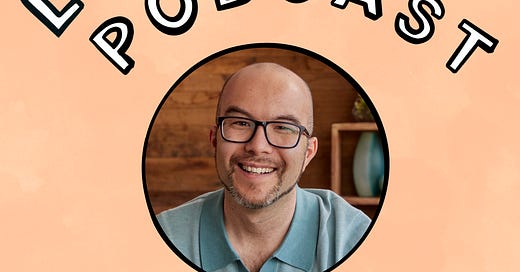
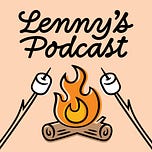



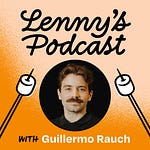
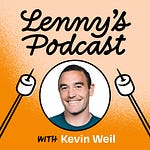

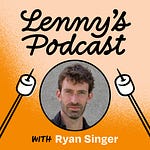
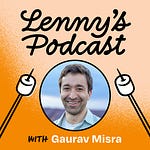
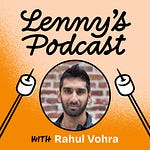
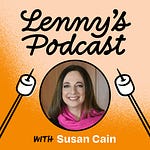

Share this post